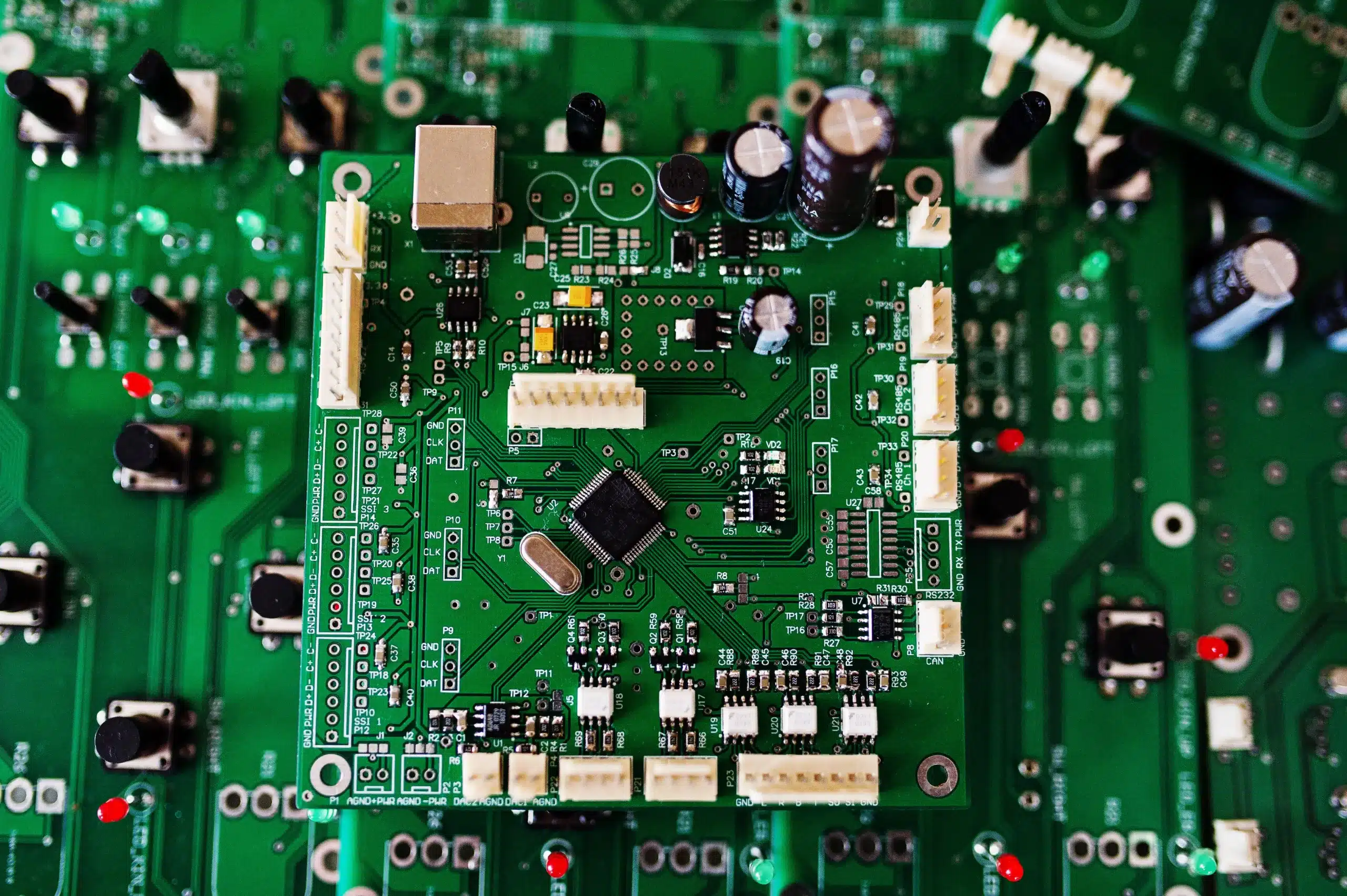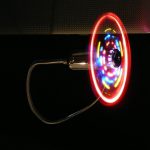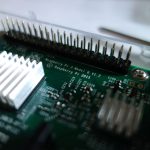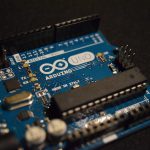
Introduction
In the world of DIY electronics and microcontrollers, the Raspberry Pi Pico has emerged as a versatile and cost-effective option. With its profound capabilities in various projects, the microcontroller board can also be used to create a unique audio experience through a frequency shift oscillator (FSO). This article examines the Raspberry Pi Pico’s potential as an FSO and how it can be used to generate distinctive audio effects.
Understanding the Raspberry Pi Pico and Frequency Shift Oscillators
It is a Raspberry Pi Foundation microcontroller with integrated programmable GPIO pins to perform multiple tasks, including audio synthesis. It features a powerful RP2040 chip with dual Arm Cortex-M0+ cores, making it an excellent choice for various embedded systems and electronics projects. Additionally, the microcontroller platform is known for its versatility, affordability, and support for multiple operating systems.
A frequency shift oscillator is an electronic circuit designed to modulate the frequency of a carrier signal based on an input signal. In simpler terms, it takes an audio signal as input and alters its pitch, creating unique and often otherworldly sound effects. Frequency shift oscillators are commonly used in electronic music, sound design, and radio communication.
Raspberry Pi Pico for Creating FSOs: The Significance
It is an ideal choice for creating frequency shift oscillators for several reasons:
Affordability
It is incredibly affordable, making it accessible to a broad audience, including students and hobbyists.
Versatility
This microcontroller board can be programmed using various languages, including MicroPython and C/C++, giving the flexibility to implement complex audio processing algorithms.
Community Support
The Raspberry Pi can support a vast community, providing a wealth of resources, tutorials, and code examples to help you get started with your audio projects.
I/O Pins
It comes with numerous GPIO pins that can be used for audio input and output, allowing you to interface with external components and sensors.
Setting Up Your Raspberry Pi Pico for Audio
To get started with your Raspberry Pi Pico frequency shift oscillator, you’ll need a few hardware and software components:
Hardware Requirements for Raspberry Pi Pico:
- Raspberry Pi Pico board: The heart of your project.
- Breadboard: To create circuits easily.
- Audio components: Such as microphone and speaker.
- Micro USB cable: For power and programming.
- Computer: To write code and upload it to Pico.
Software Requirements for Raspberry Pi Pico:
- Thonny IDE (or any other Python IDE of your choice).
- Raspberry Pi Pico MicroPython firmware.
Programming Your Frequency Shift Oscillator
For programming a Raspberry Pi Pico frequency shift oscillator, use MicroPython–a beginner-friendly and powerful programming language for microcontrollers. Follow the given steps:
Set Up MicroPython on Raspberry Pi Pico
Begin by installing MicroPython, and once you have MicroPython up and running, you are ready to start programming.
Coding Frequency Shift Oscillator
The core of your frequency shift oscillator lies in the code that sets up a simple frequency shift oscillator, takes an audio signal, modulates it with a sine wave, and outputs the result through the speaker. Adjust the carrier frequency and modulation frequency to experiment with different audio effects.
Hardware Connections
Connect your microphone and speaker to the Raspberry Pi Pico’s GPIO pins, ensuring proper grounding and power connections. Consult pinout diagram to identify the pins for audio input and output.
Running a Code
Upload the code to your Raspberry Pi Pico and power it up by using a battery or a USB power source. When you press the button connected to GPIO2, you should hear the audio signal being modulated in real-time.
Best Strategies for Expanding Enhanced Audio Experience
After the successful creation of a basic frequency shift oscillator using the Raspberry Pi Pico, explore various ways to expand and enhance your audio experience, including:
Adding Control Interfaces
Incorporate physical controls like potentiometers, buttons, or rotary encoders to manipulate the frequency and step size in real time.
Sound Effects
Use the FSO as an audio effect in your music production setup. Connect it to other audio equipment to create evolving soundscapes and textures.
MIDI Integration
Interface your FSO with MIDI controllers to generate frequency shifts triggered by MIDI notes, allowing for more precise and musical control.
Visual Feedback
Add LEDs or an OLED display to provide visual feedback and display relevant information about the FSO parameters.
Use Cases of Raspberry Pi Pico’s FSO Capabilities: Renovating Your Projects
The Raspberry Pi Pico’s FSO capabilities can be applied to various projects:
- Musical instruments and synthesizers: Create custom sound effects and unique musical tones.
- Art installations: Add an interactive audio component to your art projects.
- Special effects: Design audio effects for movies, games, or other multimedia projects.
- Learning and Experimentation: Use it as a learning tool to understand audio modulation techniques.
Final Thoughts
It is a powerful platform for experimenting with audio synthesis, and creating a Frequency Shift Oscillator is just one exciting possibility. With creativity and experimentation, you can use your Pico to craft unique audio experiences–whether for music production, artistic installations, or simply for the joy of tinkering with electronics. So, grab your Raspberry Pi Pico, start coding, and let your imagination run wild in the world of audio manipulation.





















